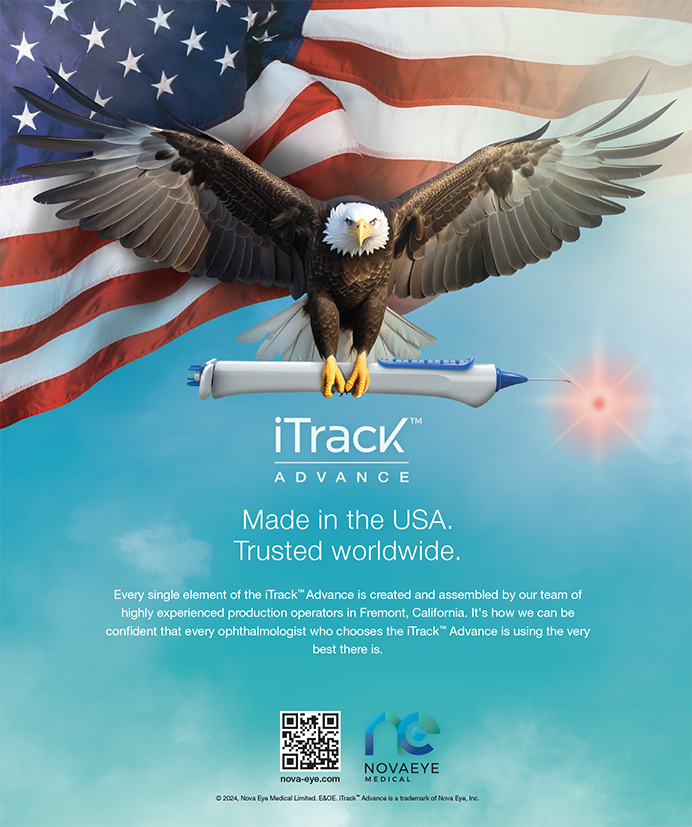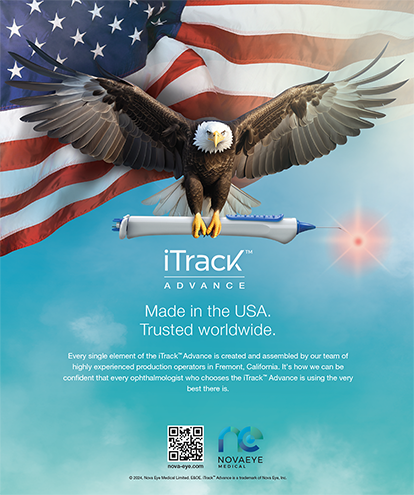The past 10 months have been full of dramatic headlines about the economy. Last spring, we started hearing about a crisis in the mortgage industry, and subprime loans became a familiar term to anyone keeping up with the daily news. Then, in the fall, monthly housing reports showed that sales volumes and median prices were falling compared with 1 year ago, after multiple years of rising. In December, crude oil topped $100 a barrel for the first time ever, leading to cocktail conversations predicting how soon we would see the price of gas jump to $4 per gallon at the pump.
While I would never claim to be an expert on the economy, my hunch is that things will get worse before they get better. For example, the original news on the mortgage crisis seemed to be limited to those unfortunate people who were at risk of losing their homes due to an inability to make payments as their loan rates reset to higher levels. By the end of last year, however, seven leading banks, including Citigroup (New York, NY) and Merrill Lynch (New York, NY), had collectively written down $31 billion in the value of securities tied to subprime mortgages.1 That financial hit indicates how problems in one sector of industry may spill over into the general economy, thus crimping consumer spending, which accounts for two thirds of the US economy.
Falling housing values do not help the situation. They make it more difficult for people to obtain home equity loans or to refinance, two common ways of obtaining cash that can propel consumer spending. It is apparent that home equity is no longer a piggybank from which consumers can draw, and it seems reasonable to infer that declining home values will make people more cautious in their spending.
In the business sector, there is both optimism and pessimism. According to Business Week, corporate balance sheets are in the best shape they have been in decades.2 In addition, although the creation of new jobs was steady throughout most of 2007, new claims for joblessness crept up to the 5 level for unemployment.3 The negative impact on the economy is direct, because most Americans' incomes are derived from their jobs. Less money means less spending.
Lastly, volatility in the stock market undoubtedly plays a role in consumer spending. The S&P 500 index, which was up just over 3 for all of 2007, fell by that same amount in the first 7 trading days of 2008. This change is important, because financial assets account for more than twice as much of household net worth than home values (62 versus 29 of household assets).2
How does all of this economic news affect refractive surgery?
IMPACT ON SURGICAL DEMAND
It would be na?ve to think that the ophthalmic industry is immune to the economic upheaval described earlier. LASIK and premium IOLs as well as all elective surgical procedures are examples of discretionary spending among consumers, and tightened spending will cause them to scrutinize potential spending more carefully, especially when the purchase is a "want to have" versus "have to have."
Over the past 7 years, MarketScope Newsletter (St. Louis, MO) has been tracking the relationship between consumer confidence and LASIK. When adjusted for the seasonality of LASIK (ie, the first quarter of the year tends to be the busiest with a drop-off in demand in each successive quarter), there is a strong correlation between surveys of consumer confidence and MarketScope's survey estimate of national procedural volume (Figure 1).
The term consumer confidence refers to a measurement of how people feel about the economy, both currently and in the future. As of December 2007, the index was near the low end at 88.6, but that number was the first increase since the summer of 2007. According to the Conference Board report, the increase was entirely attributable to future sentiment. In other words, consumers were feeling bad about the current economy but expected things to improve in 8 to 12 months.4
With the tightening of consumer credit as a result of economic events, one of the largest issuers of credit cards, Capital One (McLean, VA), recently announced it would write off $1.9 billion in delinquent loans, nearly double what it had to write off a year earlier.5 Capital One, which also originates auto and medical procedural loans, has not announced what impact these bad debts will have on their offerings for refractive surgeons. CareCredit (Costa Mesa, CA), part of GE Consumer Finance (Stamford, CT), is operating under the assumption that financial institutions will respond to the consumer credit crunch by adjusting programs and rates for medical procedural loans. "Everybody's tightening," noted CareCredit's President Mike Testa. "But, our years of experience across multiple medical specialties gives us an advantage in terms of knowledge of consumer credit. As a result, our customers won't be impacted as much as those with other banks" (M. Testa, oral communication, January 2008).
WHAT TO DO?
Economic signals can confuse you, make you paranoid, and cause you to react in ways that will harm your practice.
First, don't panic and think, "I need to cut my fees in order to stimulate demand." This strategy has been put to the test recently in the new housing market. National homebuilders held their first ever sales events in the latter part of 2007 and have found success in the midst of a dramatic slowdown in housing activity. What is important to understand is that the dynamics of housing involve the inventory of homes and land—tangible assets that tie up millions of dollars of capital. The stimulus of a discount helps motivate buyers and, more importantly to builders, returns capital that is needed to pay down debt and allow them to move on to the next project.
Refractive surgery—unlike the housing market—is a service, an intangible activity that is performed on demand. There is no associated inventory and tie-up of capital (with the exception of consumables and royalties, which compose a relatively small percentage of the retail price). In addition, our own version of a historical demand curve for LASIK has shown that price and demand are directly (rather than inversely) related. Lowering the price is associated with a decrease in demand, and raising the price is followed by a rebound in demand (Figure 2).
Second, get back to basics in terms of customer service. Do you have standards for how you answer the telephone, how long someone waits before being taken to the examination room, and how quickly you respond to patients' questions and concerns? Do you offer ongoing training for your staff on how to improve customer service? Consider bringing in a local expert on a quarterly basis (hint: this may be a perfect moonlighting job for a manager at a local retail shop or restaurant whom you have come to know and trust). A strong focus on service is what has helped Nordstrom's (Seattle, WA) become a legendary company. A sign in its employee break room reads, "The only difference between stores is how we treat customers."
Third, because the net effect of current economic conditions is an overall tightening of credit for consumers, it is imperative that you develop a more consistent approach to credit in your practice. For most of you, this means being more consistent in the presentation of financing options to patients and not trying to guess or pre-select who will/will not need financing. It is likely that a greater percentage of the consumers actively considering refractive surgery will now need financing. The earlier in the process they know about this option, the better off you and they will be. Also, be sure to keep current with the approval rates and terms from your patient financing vendor, because they will likely change in response to the prevailing economic conditions.
Finally, given the elective nature of the refractive surgery offering, it is reasonable to expect a softening in new leads and inquiries. MarketScope's David Harmon is predicting a 5 decline in procedural volume for 2008 compared with 2007. That does not mean your business will automatically be down this coming year. Yes, there are consumers whose willingness to spend (especially on the elective, highly emotional decision to undergo LASIK) is extremely sensitive to economic shifts created by rising energy prices and falling home prices. Others, however, are indifferent to these economic shifts; they are going to spend money as they wish.
CONCLUSION
My experience working with practices has shown me that the ones that do better in tough economic times are those that invested in higher-quality staff who receive above-average training and compensation. As a result, these practices provide more "care per lead" than other providers, and patients feel good, because they are receiving attention that more closely resembles high-end retail than a visit to the doctor.
In short, the refractive surgeon is competing for a retail dollar that can be spent on a lot of things besides improved vision. When the economy gets tough, it is time for surgeons to step back and ask what business they are truly in.
Shareef Mahdavi draws on more than 20 years of medical device marketing experience to help companies and providers create demand for new procedures and technologies. He is a consultant to GE CareCredit. Mr. Mahdavi may be reached at (925) 425-9900; shareef@sm2consulting.com.


